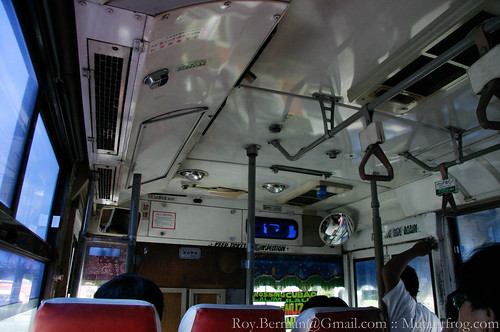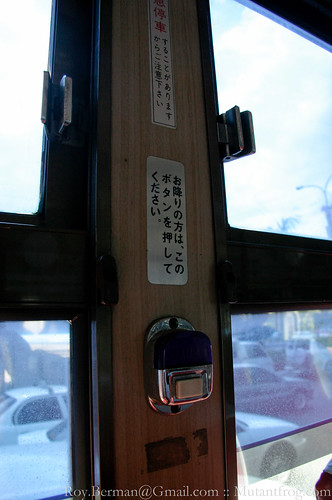This week saw the birth of a new unit of governmental organization in Japan in the form of the Kansai regional league , consisting of the seven prefectures of Shiga, Kyoto, Osaka, Hyogo, Wakayama, Tottori and Tokushima. [ref]Or “alliance,” depending on the newspaper – the translation for 広域連合 does not yet seem to be standardized.[/ref] As population, wealth, and the cultural center of gravity have become increasingly concentrated in the Tokyo region, politicians and pundits have been discussing ways to decentralize administration and revitalize the country’s regions, with one widely discussed proposal from 2006 [ref]Similar proposals had been discussed as early as the 1950s, but the idea does not seem to have been taken very seriously until around 2004.[/ref] taking the form of a plan to reorganize Japan’s 47 prefectures into a number of states.
For legacy reasons, there are at present four different words for Japanese prefectures in Japanese, to, dō, fu, ken : 都道府県 (to is used only for Tokyo, dō is the last syllable in Hokkaidō, the two fu are Osaka and Kyoto, and the other prefectures are all ken) , but they are legally identical at present. Under the proposed state system, all states would be labeled as shū : 州, as for example, US States or provinces in various other countries are – except for Hokkaidō, which would keep its dō and avoid an embarrassing double classifier. This proposed system is therefore known in Japanese as the dōshūsei : 道州制, with the sei meaning “system.” The number of states varies depending on the exact proposal; for example a 2006 report commissioned by the Prime Minister’s office included variants for 9, 11, and 13 states, and a 2008 report from a group of interested LDP members suggested 9 and 11 state plans, which were slightly different from those of the earlier report. In all cases, the state borders would be largely based on those of the Japanese regions, which are currently only conventional, and not legal, geographic units. Despite the similar terminology, states under the Japanese proposal should not be overly confused with the US equivalent. Where US states are semi-sovereign entities in a federated alliance, Japanese states would still be administrative units granted a certain amount of delegated authority by a centralized state, much as the current prefectures are. However, since they would both be granted more authority, and would be able to coordinate regional operations and development over a much larger area, they would be able to realize grander and more suitably local plans then has been possible under the current system of an extremely centralized national bureaucracy and relatively weak collection of rather small prefectures. At least, that was the argument being made in favor of the system.
The dōshūsei plan never really went anywhere in the end, partly because the vast majority of the population was uncomfortable with such a massive reorganization of fundamental geographic units, and also because the LDP, the party which contained most of the plan’s supporters, lost control of the government. However, demand for increased regional autonomy remained particularly strong in the Kansai region – which trails the Tokyo (Kanto) region as Japan’s secondary locus of population, industry, and culture/media – not least by Osaka Governor Hashimoto Toru, and so regional politicians came up with a sort of backdoor approach to implementing a more limited form of higher-level regional government.
As the Yomiuri explains:
Business leaders in the region first began calling on the central government to introduce a larger regional administrative system in 1955–the model proposed was termed doshu-sei–but got little satisfaction from the government’s response.
Finally, the Kansai Economic Federation (Kankeiren) turned its attention to the regional league of administrative entities. Introduced by a 1994 revision to the Local Government Law, that system has mainly been utilized by municipal governments for the joint operation of firefighting and garbage disposal services.
Kankeiren came up with the idea of applying the system on a prefectural scale. Such an alliance is allowed under the law if prefectural governments concerned and their assemblies agree among themselves, and receive approval from the Internal Affairs and Communications Ministry.
Unlike a theoretical dōshūsei state, which would have been delegated a certain, and significant, amount of authority by the central government, the Kansai Regional League is more of a bottom-up organization, and will have to negotiate both internally and with the central government to determine exactly how much authority it will be able to take on – both from above and below.
But it is uncertain how much authority the central government will agree to transfer to the regional league. Central government employees transferred to the regional league would likely see their employee status change from national public servant to local public servant, a condition they are likely to oppose.
Unlike the doshu-sei model, which proposed regional governments that would handle all administration of the area in its jurisdiction, the Kansai league will handle only certain matters.
The regional league will not be able to take any action without the unanimous agreement of the committee members.
Naosumi Atoda, vice president of Kaetsu University, said the Kansai regional league “will not provide leadership as efficiently as [would have been possible under] the doshu-sei system, in terms of how quickly it can implement policy measures.”
But despite the differences, the newly created Kansai Regional League (KRL) is an ideological relative of the dōshūsei plan. The geographical extent of the KRL largely, but not entirely, with the Kinki (近畿) region. To reiterate, the members of the KRL are Shiga, Kyoto, Osaka, Hyogo, Wakayama, Tottori and Tokushima. The Kinki region proper consists of Nara, Wakayama, Kyoto, Osaka, Hyōgo, and Shiga, but the definition of Kansai is looser, and depending on who you ask may include other nearby prefectures such as Mie, Fukui, Tokushima, Tottori, and in extreme cases, even Hiroshima. [ref]At least according to Tokyo-ites, never to Kansai residents.[/ref] Since it does not even include all of the core Kinki prefectures (although Nara, the lone Kinki holdout, is going to participate as an observer and see if they like how it goes), and includes two non-Kinki Kansai prefectures, it is obvious why the KRL is named for Kansai, rather than Kinki.
As for the organization and function of the KRL:
Representatives of five prefectures in the Kinki region, Tottori Prefecture and Tokushima Prefecture will participate in the Kansai league, forming a 20-member assembly.
Each prefecture will dispatch two to five members to the committee, according to their relative population.
Governors of the seven prefectures will set up a committee to decide how to manage the league, which will work on projects judged to be best administered across prefectural borders.
At first, the prefectures will cooperate on issues in seven fields, including tourism and cultural promotion.
The operation of medical helicopter services and storage of emergency food supplies have already been identified as projects to be administered by the league.
Funding for the association will be contributed by the prefectures, with a budget of about 500 million yen planned for fiscal 2011.
 I have not been able to find any English language coverage that details what these “seven fields” are, but the Kyoto Shimbun article announcing the launch of the League has a handy list. Interestingly and significantly, the offices in charge of each of these seven fields (subdivided into 31 areas) will be distributed among the member prefectures as follows.
I have not been able to find any English language coverage that details what these “seven fields” are, but the Kyoto Shimbun article announcing the launch of the League has a handy list. Interestingly and significantly, the offices in charge of each of these seven fields (subdivided into 31 areas) will be distributed among the member prefectures as follows.
Disaster Prevention: Hyogo
Tourism and Cultural Promotion: Kyoto
Industrial Promotion: Osaka
Medical Treatment: Tokushima
Environmental Protection: Shiga
Testing and Licensing: Osaka
Employee Training: Wakayama
The reasons for some of these choices are obvious. Hyogo, of course, was the site of the awful 1995 earthquake that devastated its main city of Kobe, so they’ve obviously been studying the topic since then. Kyoto is Japan’s center of tourism, and traditional arts and culture. Osaka is the region’s industrial center as well as the largest city with the most infrastructure. Then they get less obvious. I guess Shiga gets the environmental portfolio because they’ve kept Lake Biwa nice and clean? Is Wakayama in charge of employee training so they can go on nice isolated retreats up in Mt. Koya where they can study without distraction? Tokushima is in charge of emergency medical helicopters because… well they needed something! Tottori, for its part, is apparently not in fact a full member, only participating in the Tourism and Cultural Promotion and Medical Treatment fields, which I presume is why they don’t get any portfolio to handle. Maybe when they finally join 100% they can get the office for Desert Land Management, with responsibility and oversight for ALL of the desert in the ENTIRE Kansai region.
It’s unclear where, exactly, this experiment will go. Other regions throughout Japan are watching carefully, waiting to see if Kansai’s lead is worth following, but even much of Kansai is still somewhat unsure. Nara is still merely an observer, Tottori a half-member, and Kyoto – the prideful old capital – is concerned that “regionalism” is just a euphemism for “domination by Osaka.” While the KRL is trying to negotiate with the national government for both funds and additional delegated power, Minister for Internal Affairs and Communications Katayama Yoshihiro is reluctant to proceed as long as Nara, a core Kansai/Kinki prefecture, is not participating. At present, the national government is willing to hand over responsibility for just 20% of the roughly 500 administrative tasks requested by the KRL. Kyoto Prefecture Governor Yamada Keiji, an unaffiliated politician who was amazingly supported by the LDP, DPJ, and Komeito for his third term criticized the DPJ sharply for not living up to their promises to promote local autonomy, while Shiga Governor Kada Yukiko [ref]Unaffiliated, ran for governor in opposition to LDP, DPJ, JCP, Komeito, with SDP support on a platform of ending wasteful public works spending.[/ref] snarked that “The DPJ is retreating quite a bit lately.”


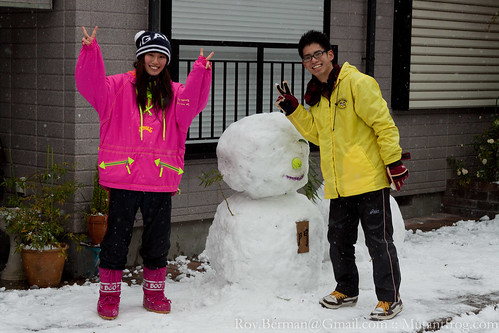

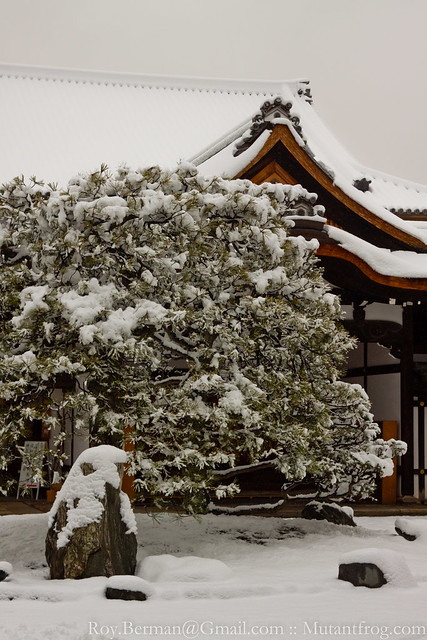
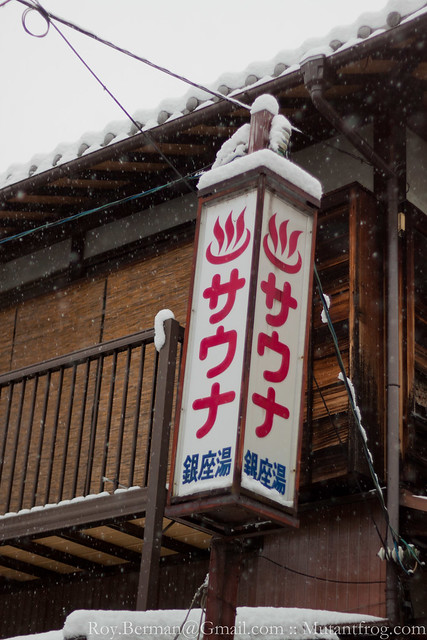
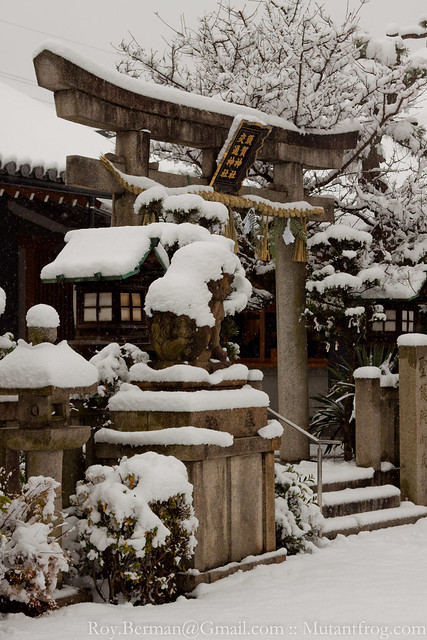
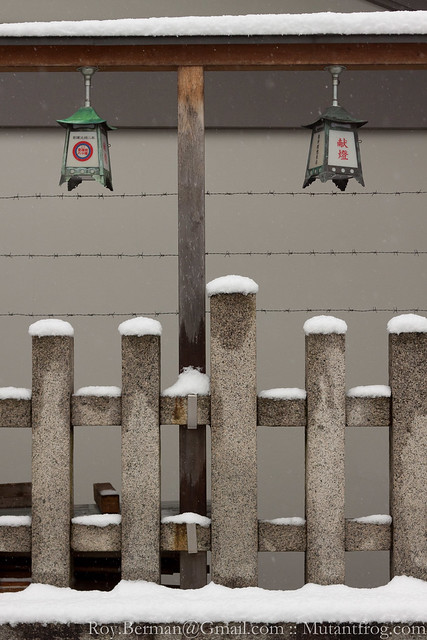
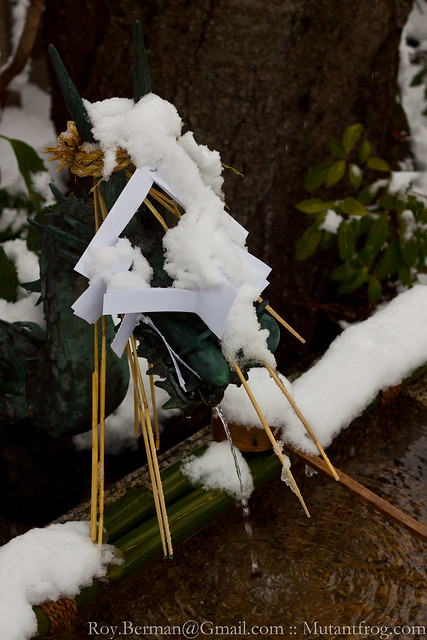
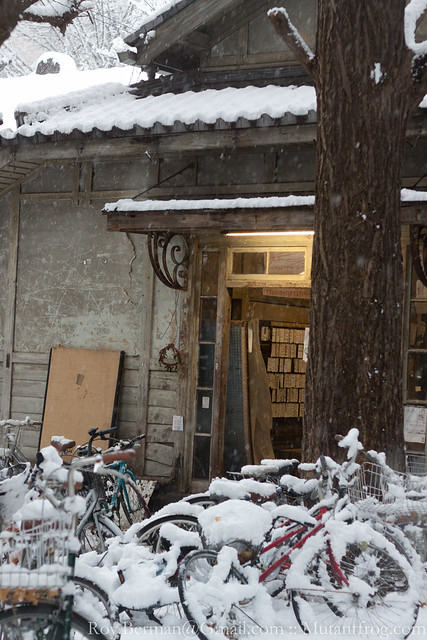
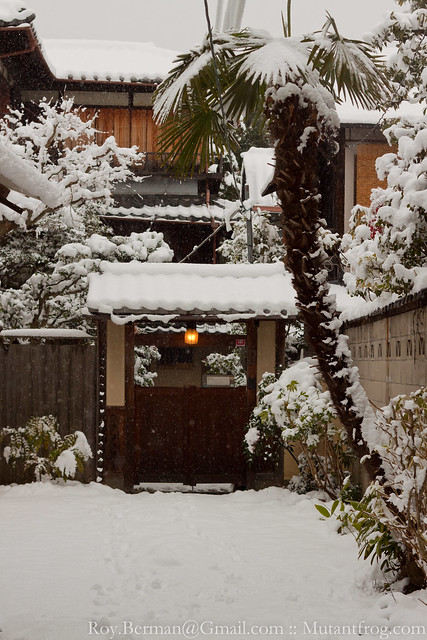
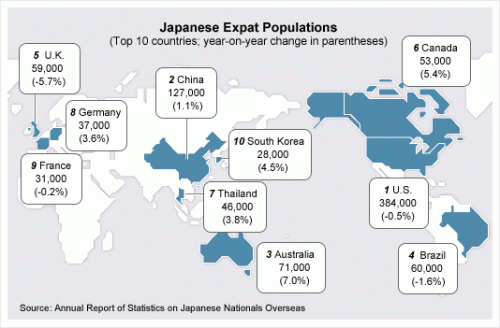







 I have not been able to find any English language coverage that details what these “seven fields” are, but the
I have not been able to find any English language coverage that details what these “seven fields” are, but the 